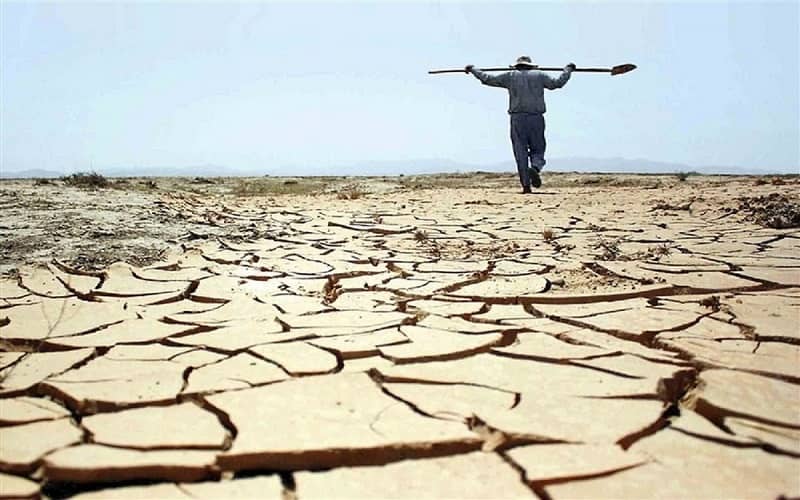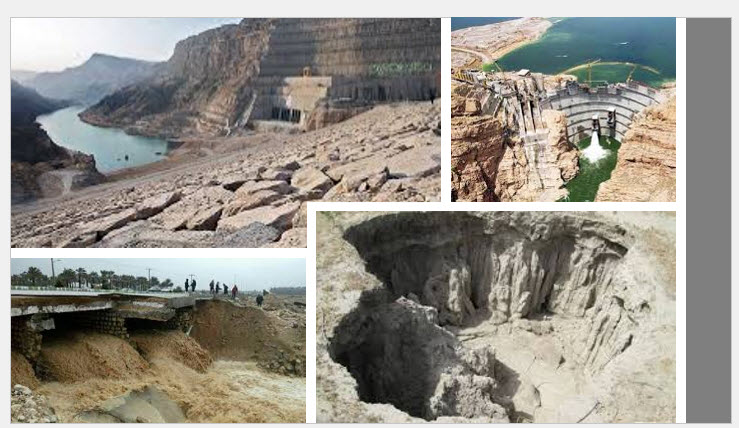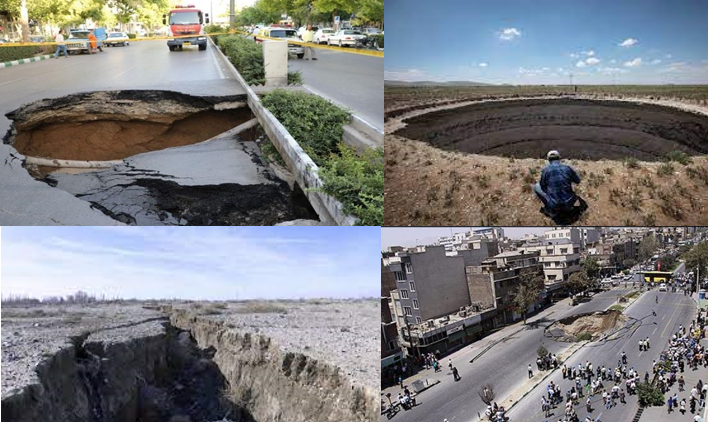

A significant aspect of these crises is the profound environmental degradation that has unfolded, with dire consequences for Iran’s natural landscapes and its people. Rivers and lakes have dried up, northern forests have faced extensive degradation, and groundwater reservoirs have been alarmingly depleted, leading to land subsidence across various regions. This environmental catastrophe has made certain areas uninhabitable, forcing mass migrations away from the affected regions.
The severity of these environmental crises has even penetrated the state-controlled media’s usual reticence on matters of criticism. A recent article in the state-run newspaper Resalat titled “The climate migration bell has rung” highlighted the urgency of the situation, pointing out how the climate crisis has worsened over the past decade.
Dariush Golalizadeh, the head of the National Center for Air and Climate Change at the Environmental Protection Organization, provided alarming statistics, revealing that around 800,000 people from central and southern provinces have migrated northward in the past two years due to climate change. This migration poses potential security risks for the future.

Isfahan, in particular, faces a critical water deficit of 13 billion cubic meters, showcasing the stark imbalance between water usage and availability. Although official figures on migration from Isfahan remain scarce, there have been reports of residents moving northward to escape drought-related issues since 2016.
Government surveys have confirmed significant population migration from Iran’s central plain, with Isfahan province being particularly affected due to pronounced groundwater deficits. The negative water balance in Isfahan is equivalent to approximately 20 rivers the size of Zayandeh Roud.
The environmental issues in Isfahan are multifaceted, including water crises, desiccation of vital water bodies, and a severe subsidence crisis. The rampant extraction of underground water has led to disruptions in the hydrological equilibrium, causing environmental havoc
November 19 – Isfahan, central #Iran
Thousands of locals are joining farmers protesting for their share of water from the local Zayandeh-rud River. Regime officials have long rerouted the waters for their own purposes.#IranProtests#اعتراضات_سراسریpic.twitter.com/OCnuGUSEYM— People's Mojahedin Organization of Iran (PMOI/MEK) (@Mojahedineng) November 19, 2021
Mohammadreza Fallah, an Isfahan representative in the Supreme Council of Provinces, pointed out that the primary cause behind the subsidence phenomenon is the dwindling groundwater reservoirs. Iran’s subsidence rate is nearly 90 times the average of developed nations, with Isfahan and Tehran bearing the brunt of its impacts.
Data from the Geological Organization indicated that the area susceptible to land subsidence in Isfahan province increased significantly from 2016 to 2020.

Mansour Shishehforoush, Director General of Isfahan Governorate Crisis Management, highlighted how climate change-induced water scarcity and dust storms have exacerbated land subsidence. Experts warn that if current trends continue, vast expanses of Iran will become uninhabitable, emphasizing the need for urgent action to address inefficient water management policies and the broader impacts of climate change.

MEK Iran (follow us on Twitter and Facebook), Maryam Rajavi’s on her site, Twitter & Facebook, NCRI (Twitter & Facebook), and People’s Mojahedin Organization of Iran – MEK IRAN – YouTu







